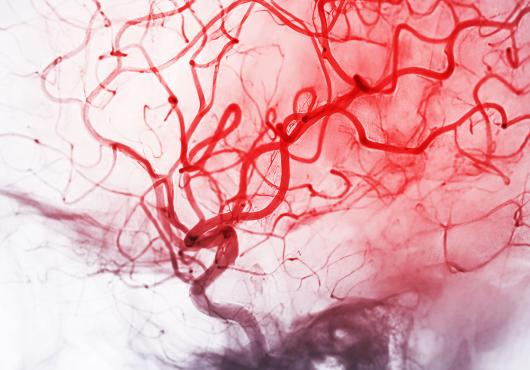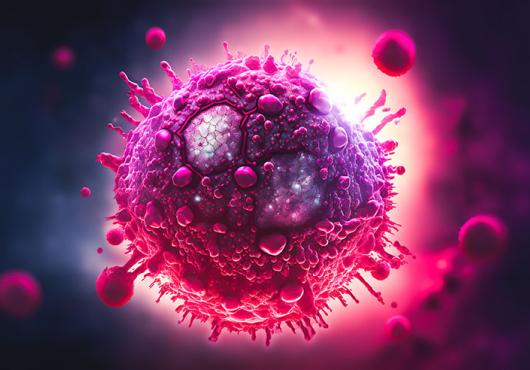HMS neurobiologist Gary Yellen likes the double meaning of Perceval, his latest invention. Perceval is an acronym for Permuted Reporter of Cellular Energy Value, a new protein-based tool to monitor cell metabolism. It is also a reference to a knight of the Round Table who searched for the Holy Grail. “We like to be well rounded in our education,” said Yellen.
Yellen’s own Holy Grail is resolving a longtime mystery: why a high-fat, low-carbohydrate diet known as the ketogenic diet reduces seizures in epilepsy patients. He suspects it has to do with how energy is produced inside brain cells. That’s why his team is probing ATP, the main energy currency within cells. The researchers think low ATP levels just under the surface of neurons may quench firing and reduce epileptic convulsions. To test his theory, Yellen wanted to find a new tool to measure ATP.
He came up with something better. After combining a bacterial regulatory protein with a green fluorescent protein, Yellen and HMS graduate student Jim Berg discovered that it not only measured the ATP concentration but showed the ratio between ATP and ADP. Both ATP and ADP are involved in neuron firing and knowing their ratio may be more useful than knowing their individual concentrations. “It was a serendipitous discovery,” said Yin Pun Hung, co-author of the study, published online in Nature Methods on Jan. 4 .
Perceval, a tuned-up version of their prototype reporter, works as an optical probe of the ATP:ADP ratio. When expressed in cultured cells, Perceval varied its fluorescence depending on the ATP:ADP levels. The tool is the first to measure ATP:ADP directly, said Hung. Additionally, Perceval showed a stronger optical signal than conventional ATP sensors based on the enzyme luciferase, the researchers said.
“There are many fundamental questions in energy metabolism that this tool would be useful to address,” said Yellen. Perceval could yield a better understanding of cancer cell metabolism. It could also track energy levels in pancreatic beta cells and show how they are linked to insulin release.
Yellen and his team are already working on fine-tuning Perceval so they can use it to test their hypothesis about epilepsy. They are also developing new probes for other important metabolites within the cell.
Students may contact Gary Yellen at Gary_Yellen@hms.harvard.edu for more information.
Conflicts: The authors report no conflicts of interest.
Funding sources: NIH-National Institute of Neurological Disorders and Stroke


